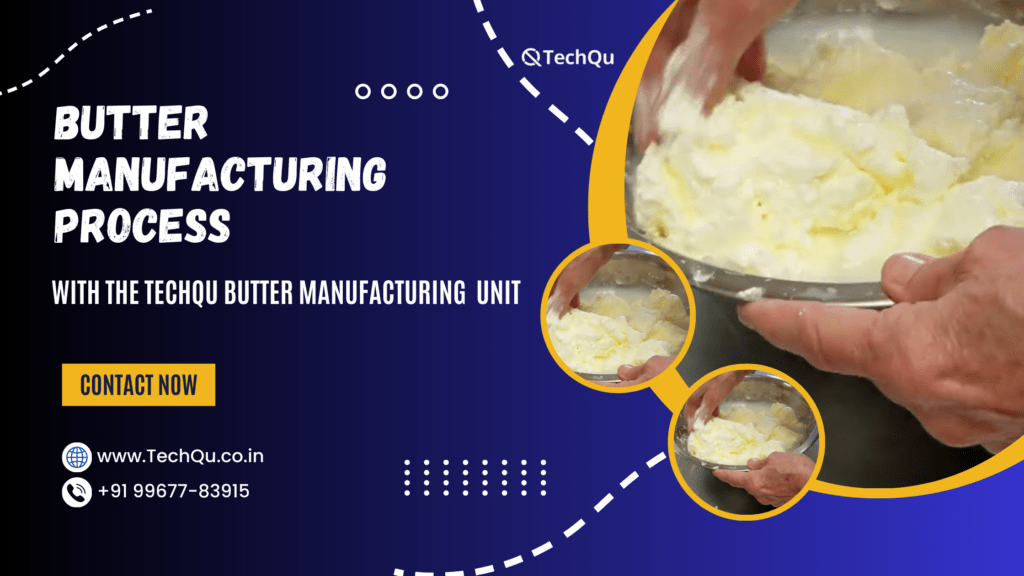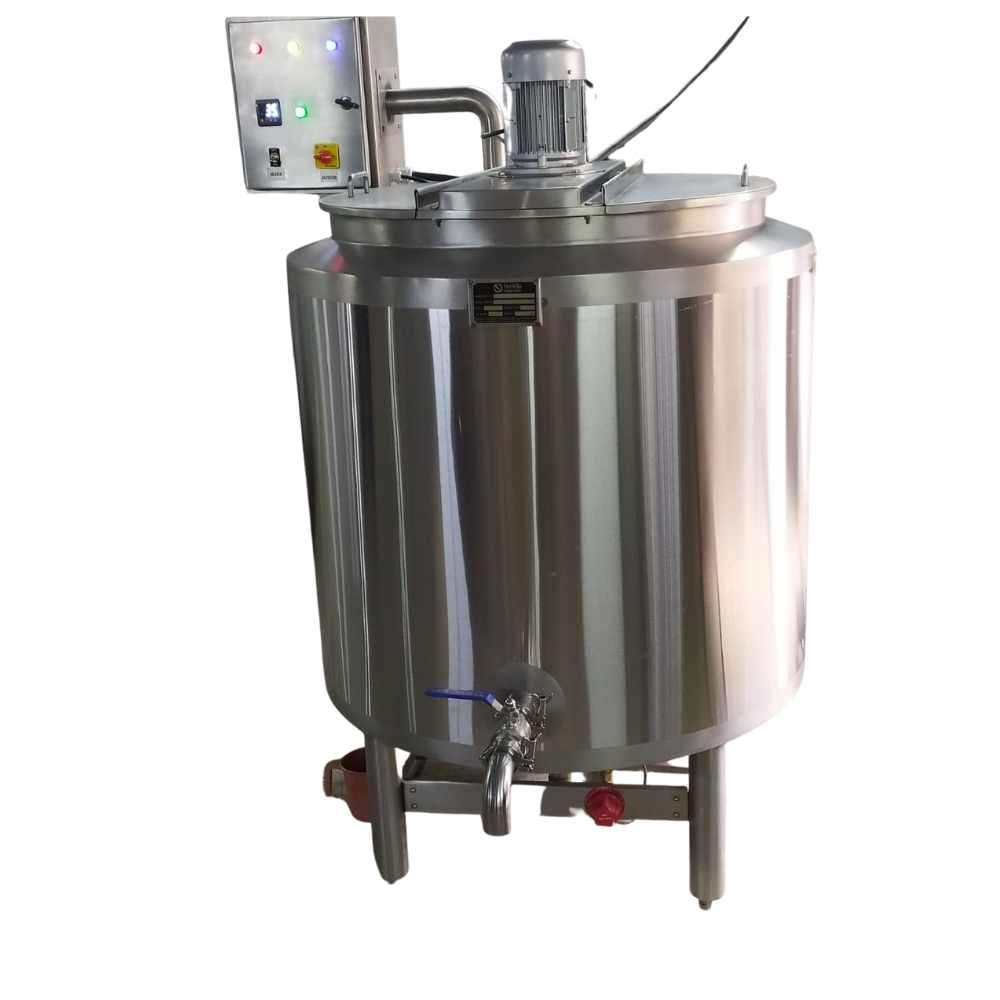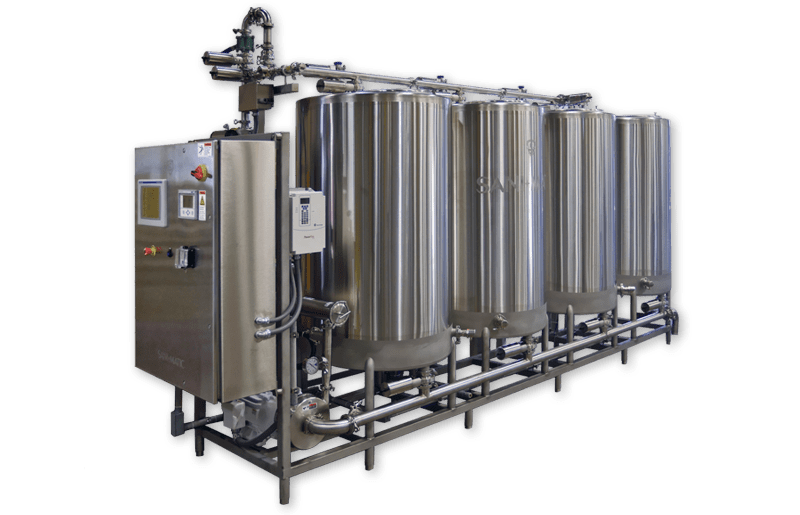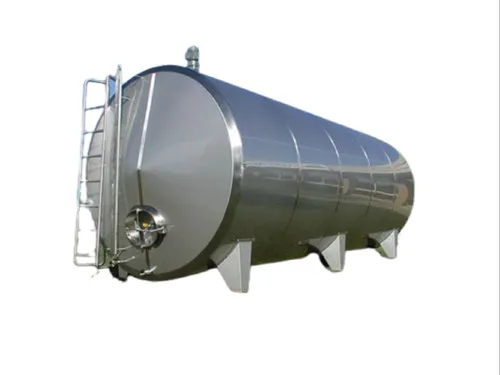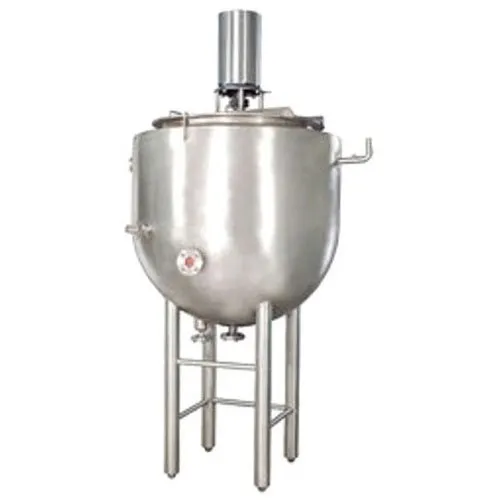Introduction of Butter manufacturing?
Butter-making, whether at home or on a large scale, involves separating the fatty portion of milk, churning it, and then working it into a spreadable product. Here’s a breakdown of the typical steps:
- Cream Separation: The process begins with separating cream, the fat-rich layer that rises to the top of whole milk. In factories, this is done with a centrifuge, which spins the milk at high speeds to separate the cream from the skimmed milk (which is used for other dairy products).
- Pasteurization: For safety, the cream is then pasteurized. This involves heating it to a specific temperature for a short time to eliminate harmful bacteria.
- Aging (Optional): In some cases, the cream is aged at a cool temperature. This allows the fat globules to crystallize, which can affect the final texture and spreadability of the butter.
- Churning: The key step! Cream is churned in a large barrel-shaped churn. Agitation causes the fat globules to clump together and separate from the liquid, which is buttermilk.
- Washing (Optional): Traditionally, butter was washed with water to remove residual buttermilk, but this is less common today.
- Working, Salting, and Packaging: The butter is then worked to expel any remaining buttermilk and achieve a smooth texture. Salt may be added at this stage for flavor and preservation. Finally, the finished butter is packaged in tubs, sticks, or other containers.
The market of Butter Production In India
- The Indian butter production market is experiencing strong growth, with some key trends to consider:
- Increasing population: A larger population base naturally leads to higher butter consumption.
- Rising disposable income: With more money to spend, consumers are likely to indulge in more butter, often seen as a premium product compared to other fats.
- Growing popularity of ready-to-eat (RTE) foods and the expansion of Quick Service Restaurants (QSRs): These trends rely on butter for various dishes, boosting demand.
Steps for the animal to machine for Butter making?
Here’s the transition from traditional (animal-powered) butter making to modern (machine-powered) methods:
- Cream Separation: Milk was allowed to sit in shallow pans for extended periods. The cream, being lighter, naturally rose to the top. This could also be accelerated by skimming the surface with a shallow ladle.
- Churning: Cream was poured into a large wooden barrel churn. A wooden dasher, attached to a handle, was repeatedly plunged and lifted through the cream. This vigorous agitation caused the fat globules to clump together, forming butter.
- Working and Salting: The churned butter still contained buttermilk. This was traditionally done by hand, working the butter on a wooden paddle or table to remove the liquid. Salt could be added during this stage for flavor and preservation.
Which processed is used to make Butter?
The key processes used to make butter are:
Cream Separation: This separates the fatty layer, cream, from the rest of the milk. Traditionally, this relied on gravity, letting cream rise to the top of shallow containers. Modern methods use centrifuges that spin the milk at high speeds to achieve a quicker and more complete separation.
- Pasteurization: This step heats the cream to eliminate harmful bacteria. This is crucial for safety reasons in commercial production.
- Churning: This is the heart of butter making. Agitation causes the fat globules in cream to clump together and separate from the liquid portion, buttermilk. Traditionally, this was done in a churn with a dasher moved by hand. Today, large churns with rotating paddles or internal agitators automate this process.
- Working and Salting (Optional): After churning, the butter still contains buttermilk. Working, which can be done by hand or machine, removes this buttermilk and achieves a smooth texture. Salting is optional but often done for flavor and preservation.
- Aging (Optional): In some cases, cream is aged at cool temperatures before churning. This allows the fat globules to crystallize in a specific way, potentially affecting the final texture and spreadability of the butter.
- Packaging: The final step involves packaging the finished butter into tubs, sticks, or other containers.
Best Processing cheese Manufacturer?
Determining the absolute “best” processed cheese manufacturer in India is subjective and depends on various factors like specific cheese type, quality preferences, and availability. However, some leading contenders consistently rank high based on factors like production scale, brand reputation, and product quality.
Explore
Related Products


